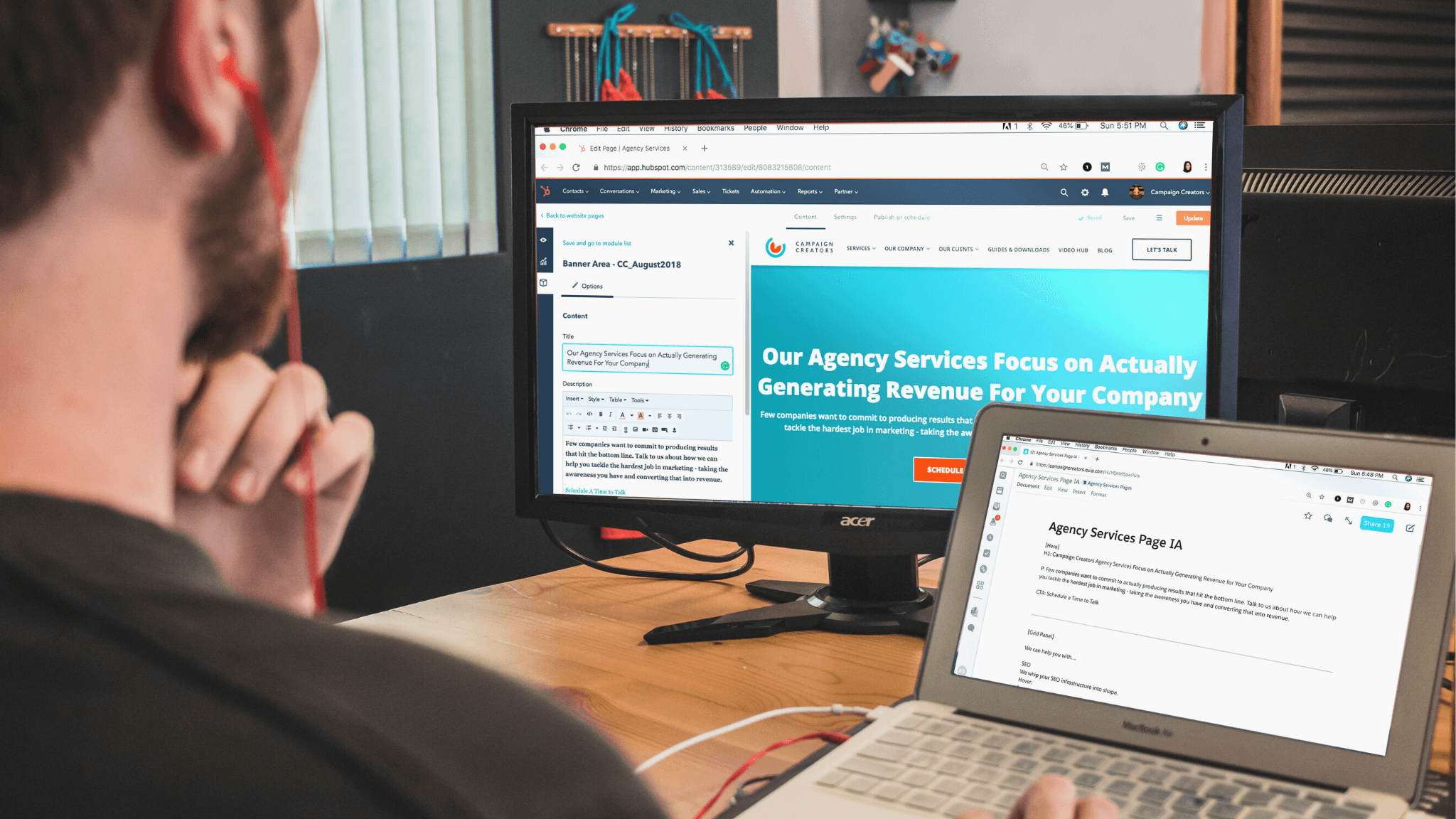What is HubSpot CRM and how do you use it?
HubSpot
Customer Experience
Digital Transformation
API & Integrations

HubSpot is a Marketing, Sales and Service platform that helps with attracting new visitors, converting leads and closing customers. The main core functionality that sits right in the centre of all the mix is the CRM. HubSpot’s CRM, according to HubSpot’s Flywheel model, is the core to any business's growth and understanding the friction between the other moving departments that form the Flywheel, spin around that core element, being the CRM.
What is the CRM?
The CRM, as said by HubSpot, “unifies the marketing, sales, and service view of the customer” which allows each and every team within your business access to those all important records. Allowing each individual to track all conversations and interactions with prospects and customers to help enforce better decisions that eventually lead to a great informed sale.
But what are the benefits?
HubSpot’s CRM not only provides you with an activity timeline of all events around one particular customer but tools that you need to enable growth and better customer experience. Those tools include contact management, forms, insights, documents, reporting and many more. With these tools you’re able to make better informed decisions around who your marketing team need to target for further nurturing, allowing your sales reps insights into previous conversation and the service team with any support queries that may have come in.
By combining your teams and HubSpot tools together you can not only move ahead of competition by having the best customer service and satisfaction but by the customer retention, management of customer renewals and reduced costs. One of HubSpot’s main focuses is to help businesses reduce their tech stack and reduce costs by having all the tools needed for Inbound all in one place, this can be a real benefit for a lot of companies in relation to ROI. ROI being the key figure to report and have oversight on allowing for adjustments, reduced friction and better communication between departments.
So if you have all of your contacts, companies and deals sat in one main CRM, you’re able to start to see a behaviour flow of your customers and be able to pin point potential pain points within your customers journey. You’re then also able to see the attribution back to each department's efforts and have a level of understanding with what’s currently working and what can be improved.
An example of this could be your marketing team generating more leads for the sales team each month. You’re able to track those leads through your sales process all the way to a closed won deal to then attribute that back to either your paid ads that you were running or that one very successful email marketing campaign.
HubSpot’s CRM isn’t just a place where you can store all of your known data but to enable further insight, growth and intelligence by improving your overall customer experience, not only with your sales team but throughout your website and messaging.
Thinking about creating a social aesthetic? Get in touch with our expert team.

